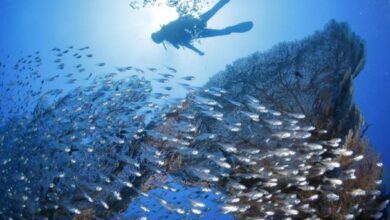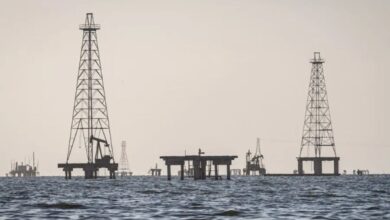For the first time in history, the far side of the Moon was reached
Listen this article
The China Chang'e 4 probe is the first in history to land on the far side of the Moon

The history of humanity has been accompanied from the most remote times by the craving for knowledge. Now, we are reaching further than we had imagined.
Leer en español: Por primera vez en la historia se llegó a la cara oculta de la Luna
Last Thursday the Chang'e 4 probes became the first in the history that landed on the far side of the Moon, according to the National Space Administration of China (ANEC).
According to the official Xinhua news agency, the moon landing occurred at 10:26 a.m. China time in the Aitken basin, at the south pole of the Earth satellite and represents a huge achievement for China's space program.
The spacecraft measures 1.5 meters long and approximately one meter wide and high, has two folding solar panels, six wheels and has cameras to record the moon landing and images of the terrain, so the China Space Administration has already published the first photographs sent by the probe during the moon landing, reports El País.
"It was a great challenge in a very short space of time, with great difficulty and risks," said the head of the designers of the Chinese lunar exploration program, Wu Weiren, in statements published by the official Xinhua news agency.
You may also be interested: Everything you need to know about the Super Blood Moon
What is sought with the mission?
As reported by the Excelsior, in the mission will be an analysis of terrain and relief, tasks of astronomical observation of low-frequency radio, detection of mineral composition and shallow lunar surface structure and measurement of neutron and neutral atoms radiation to study the environment on the far side of the Moon.
In addition, it will include other scientific experiments: Chang'e 4 carries on board potato and flower seeds and silkworm eggs, to observe germination, growth, and respiration in the low gravity conditions of the lunar surface.
According to the BBC, organisms will have the energy of sunlight through a transparent membrane, so that plants can perform photosynthesis, grow and create the conditions for worms to develop.
"It is a very simple experiment, a very cheap way to take advantage of the mission," which consists in studying germination "in inhospitable conditions, with very drastic temperatures because there is no atmosphere and where there is a lot of radiation" Francisco Diego explained to BBC. professor of astronomy at University College London.
For now, it is known that the final objective of the program is a manned mission to the Moon in the long term and, although the date has not been set for it, some experts place it around the year 2036.
LatinAmerican Post | Luisa Fernanda Báez
Translated from "Por primera vez en la historia se llegó a la cara oculta de la Luna"





